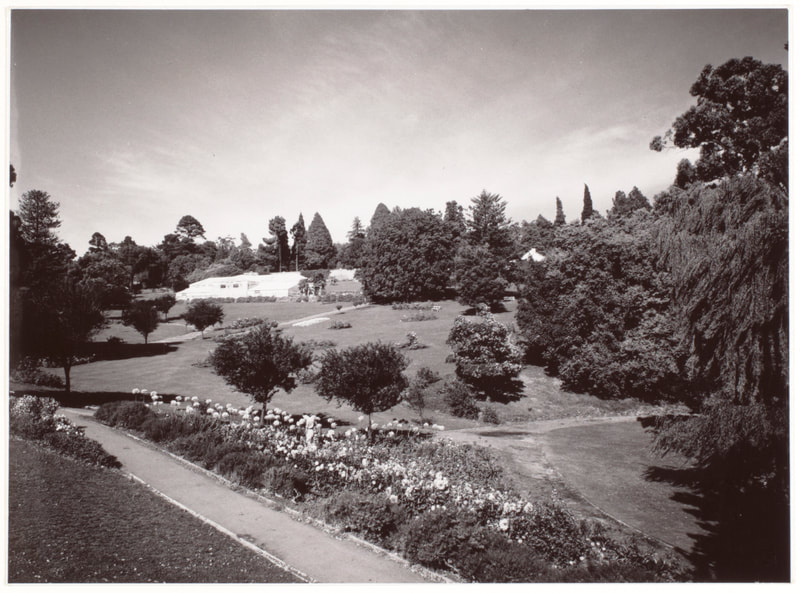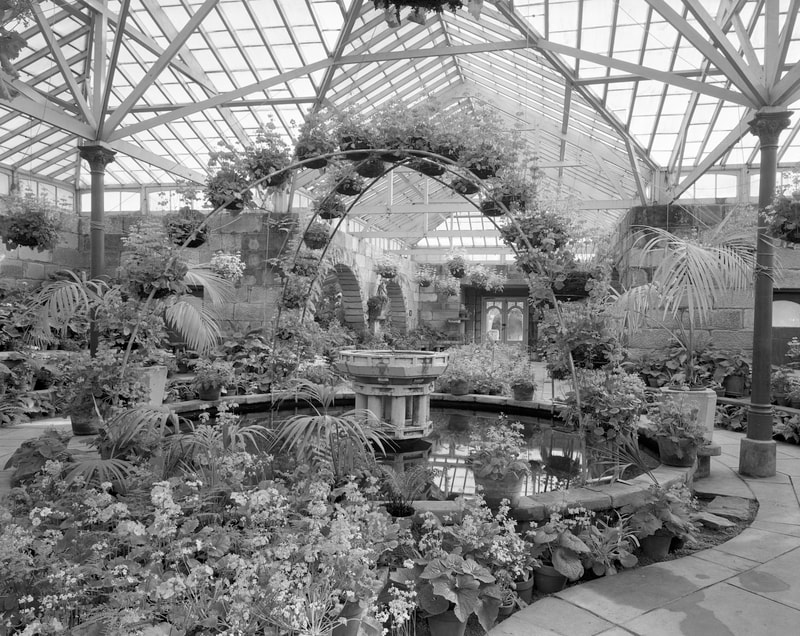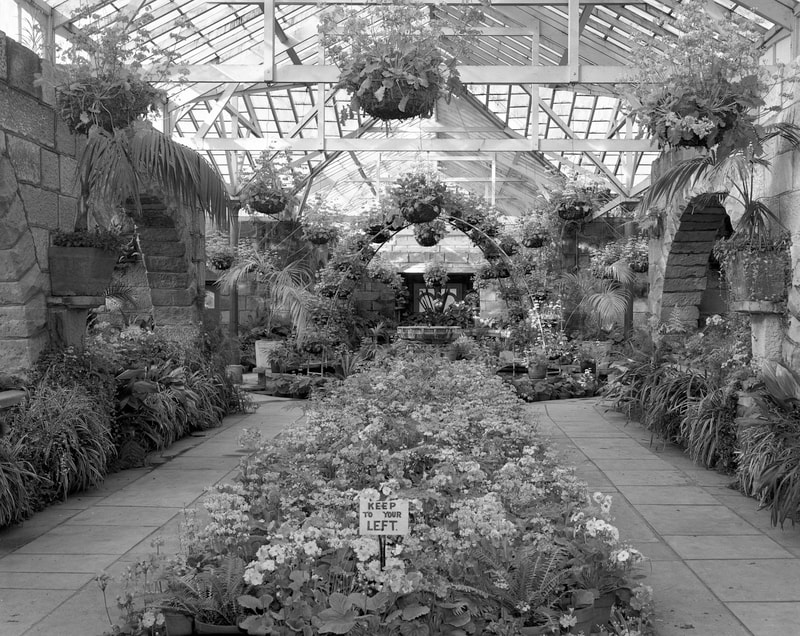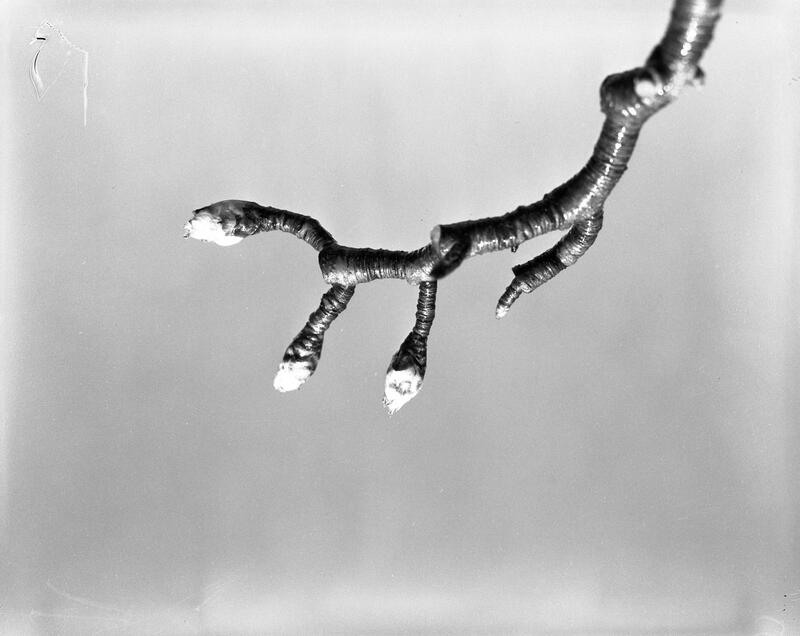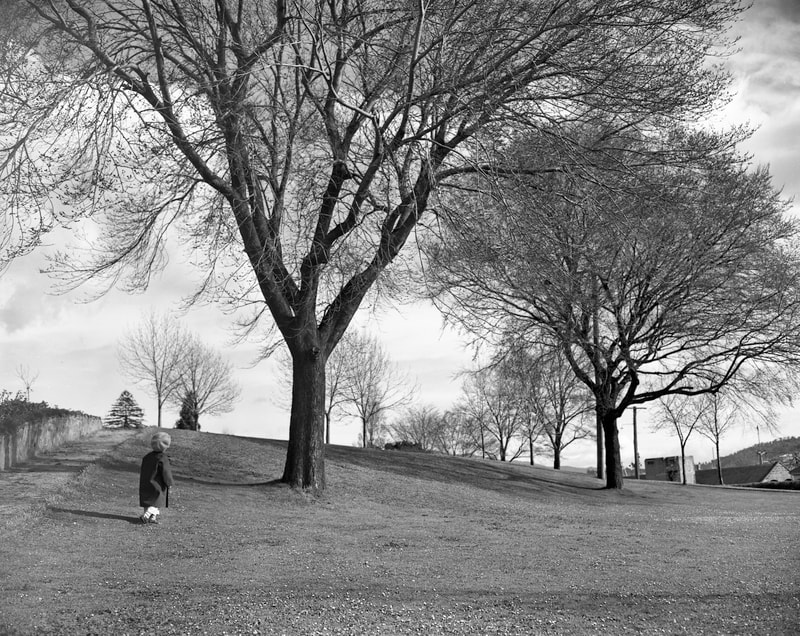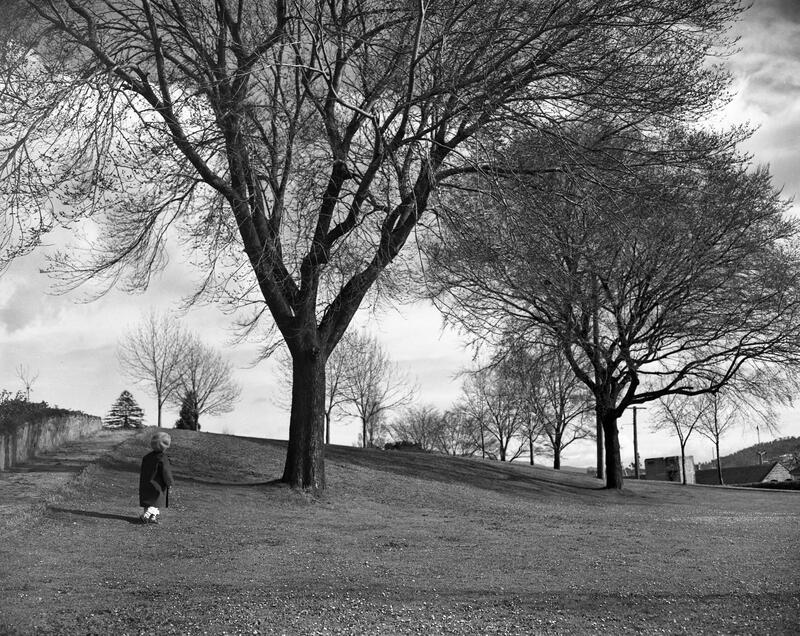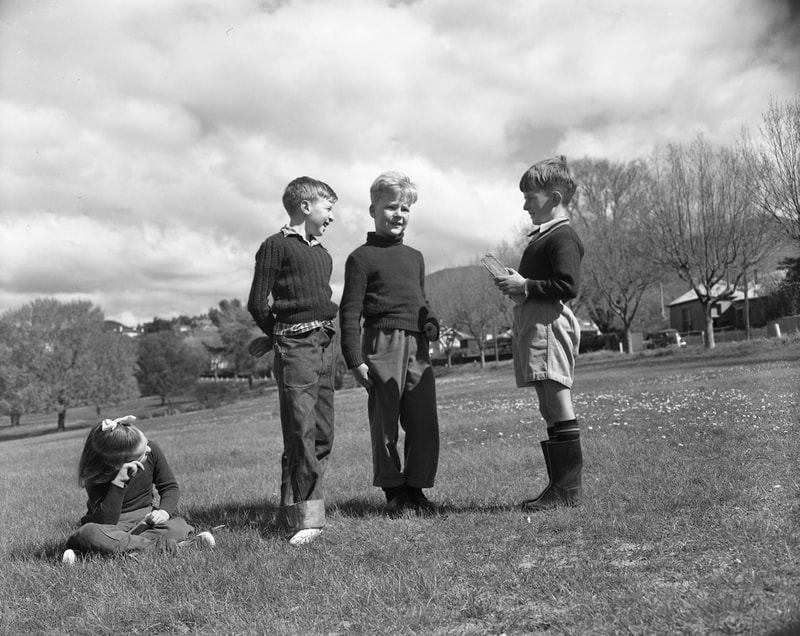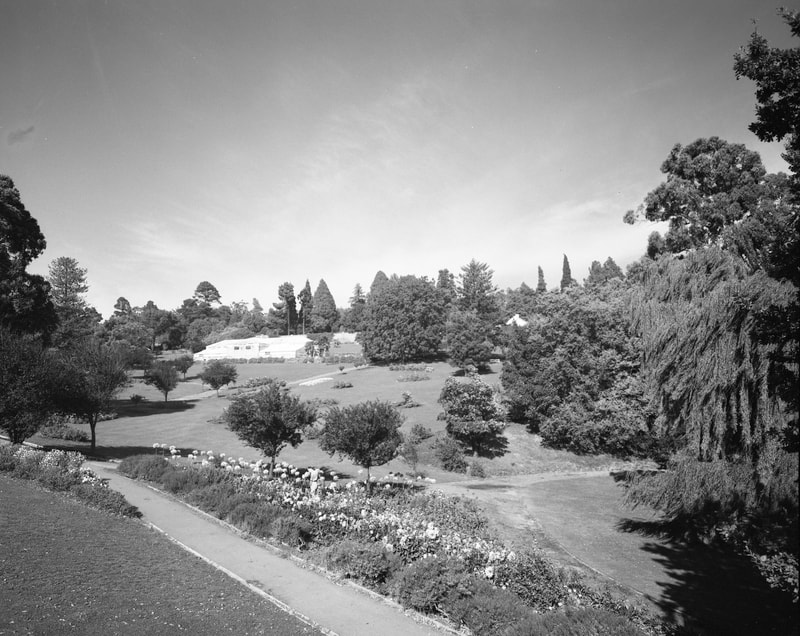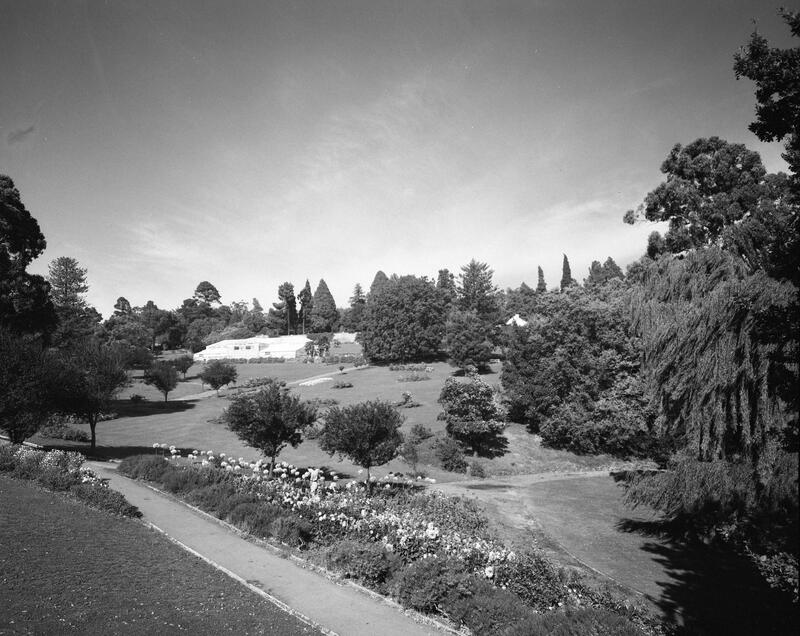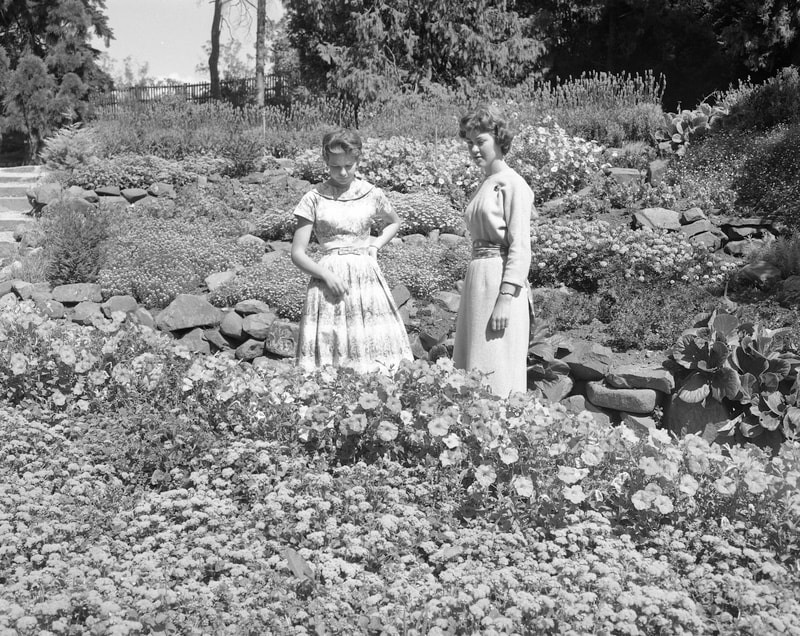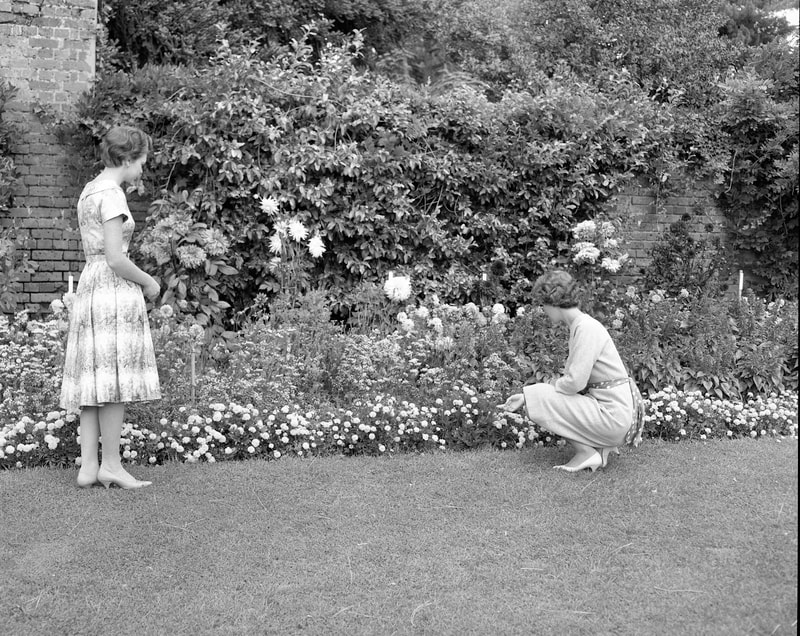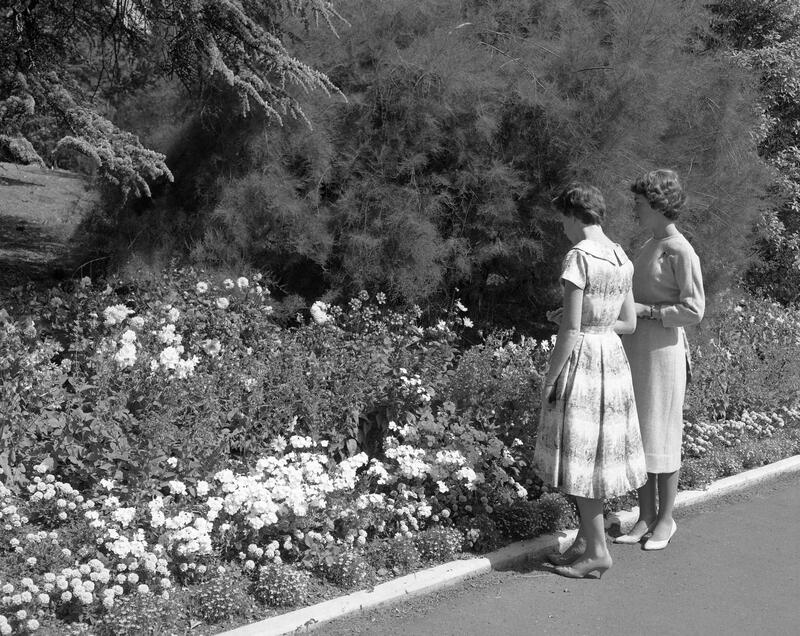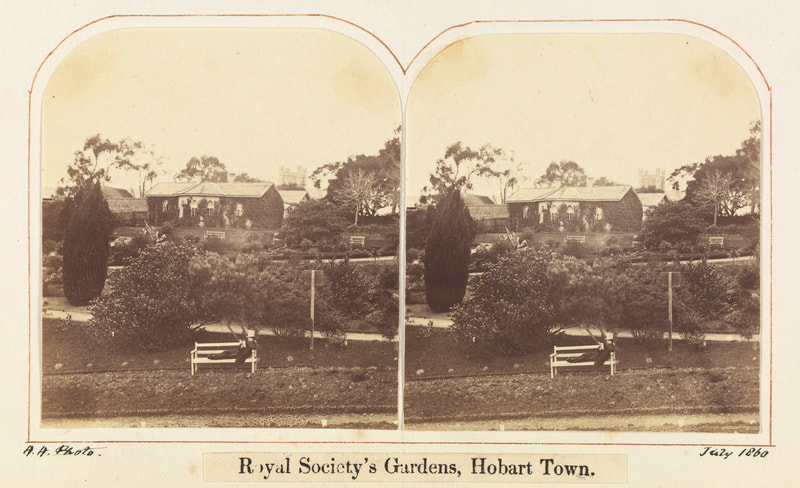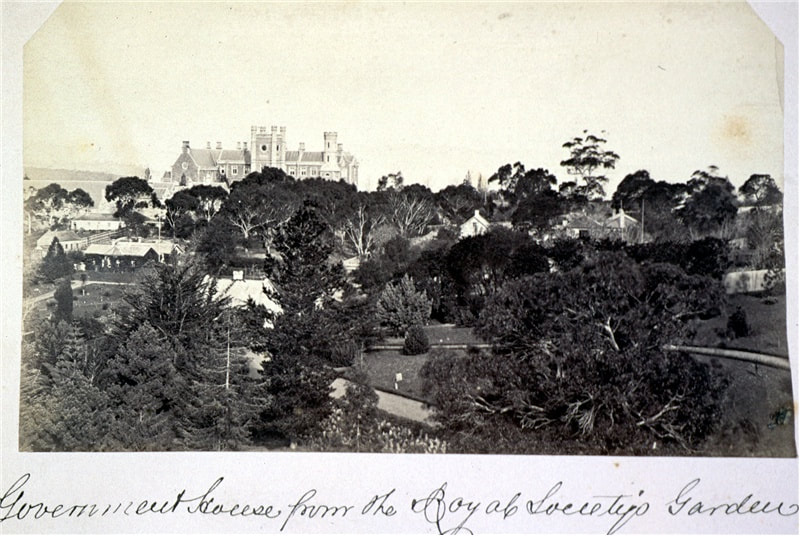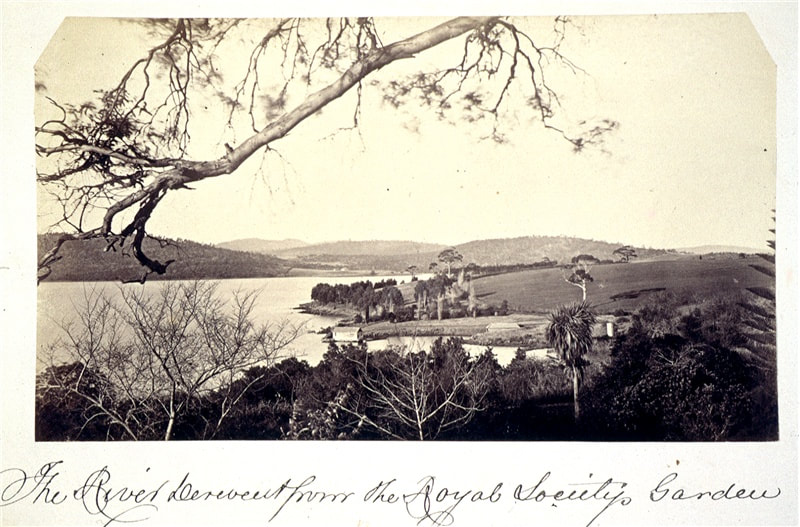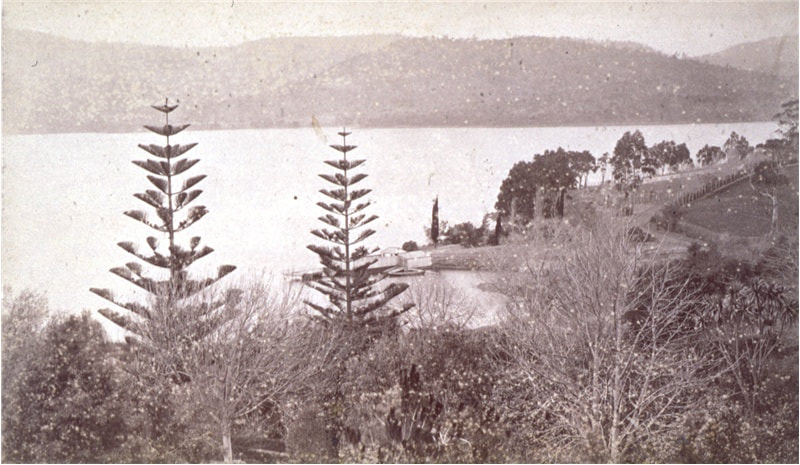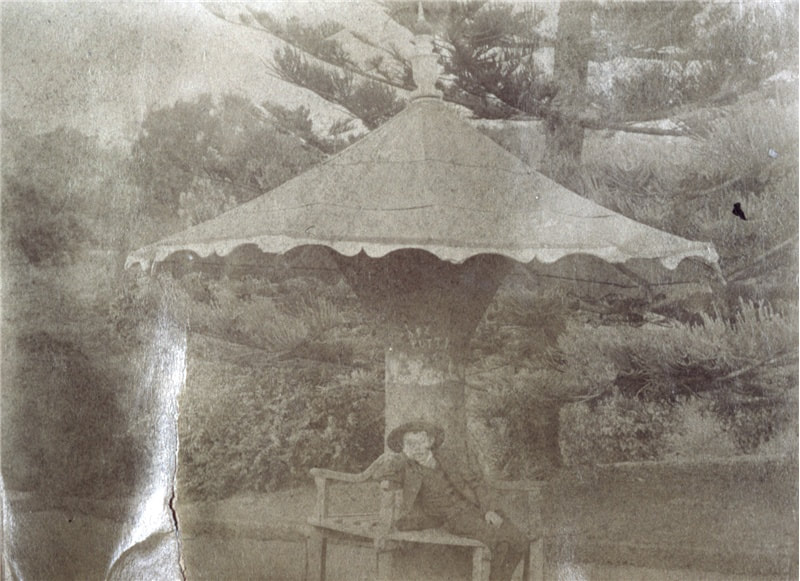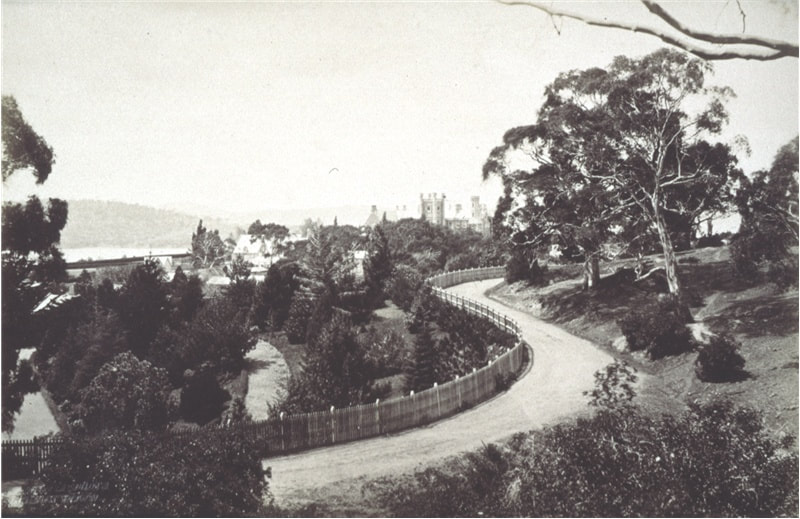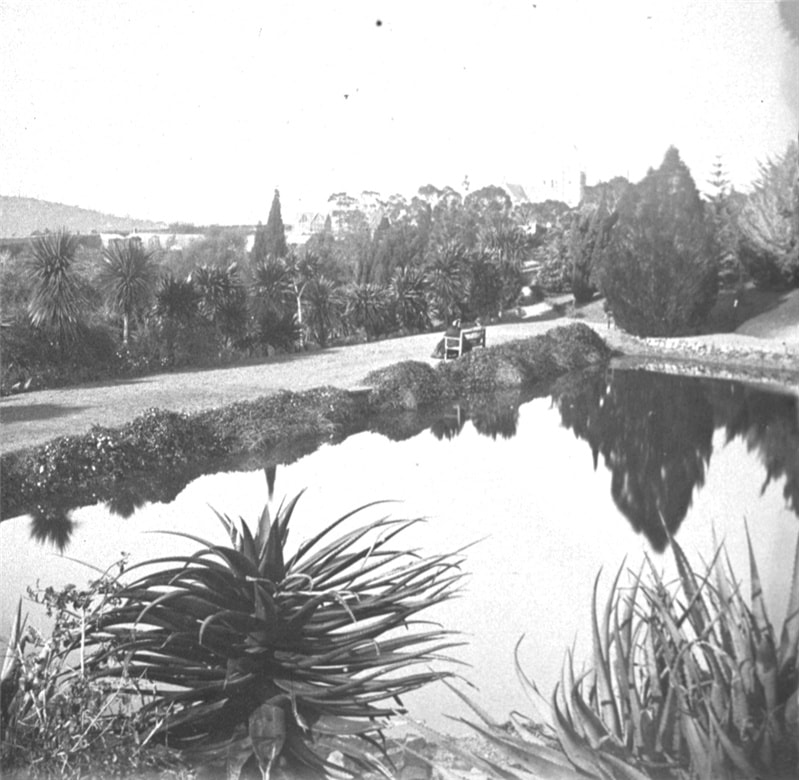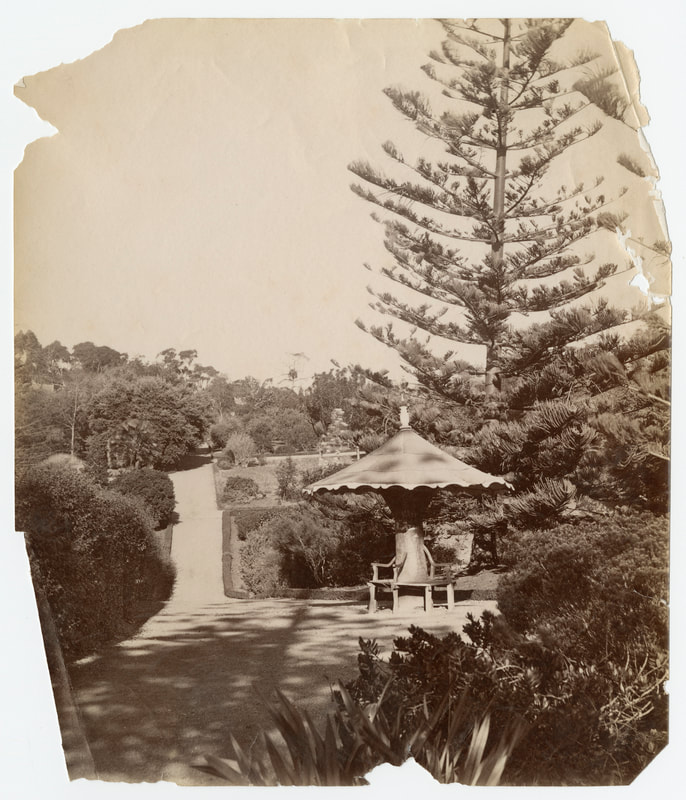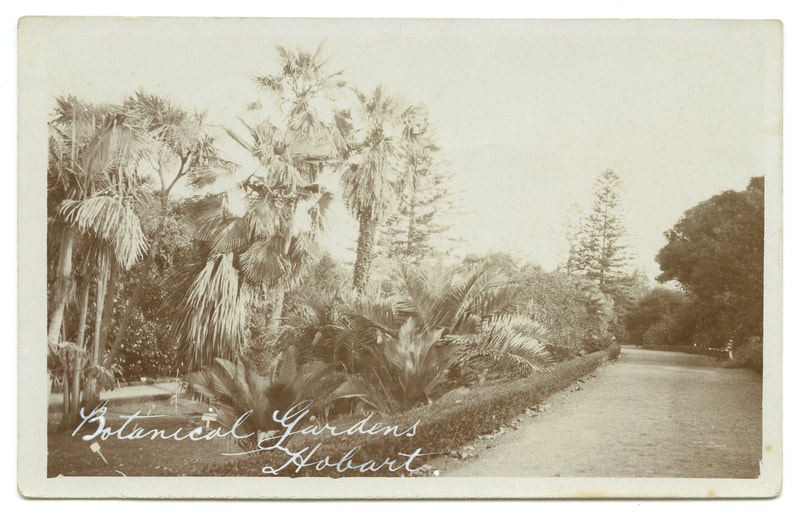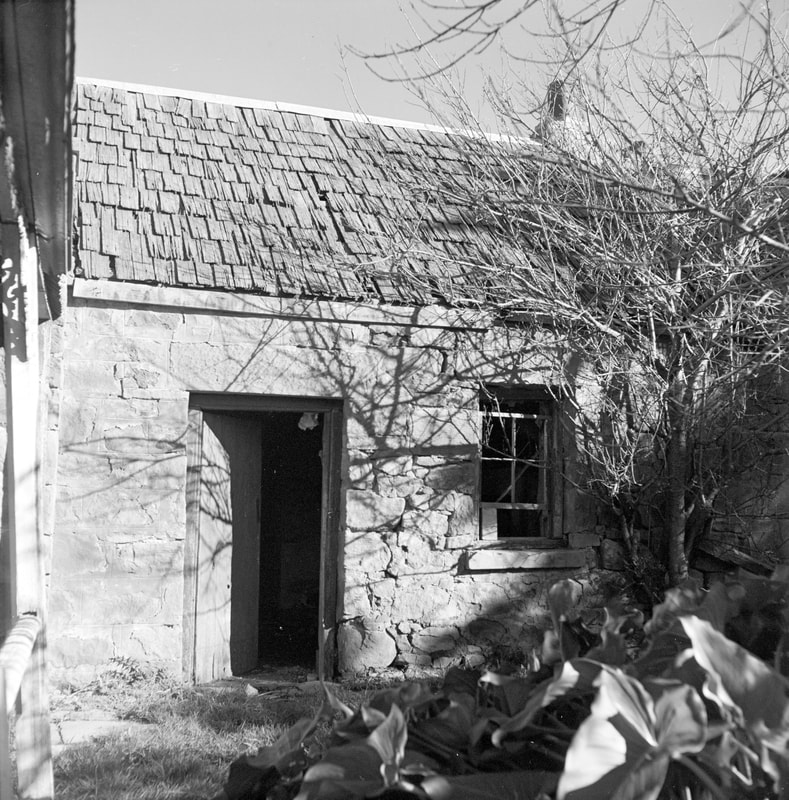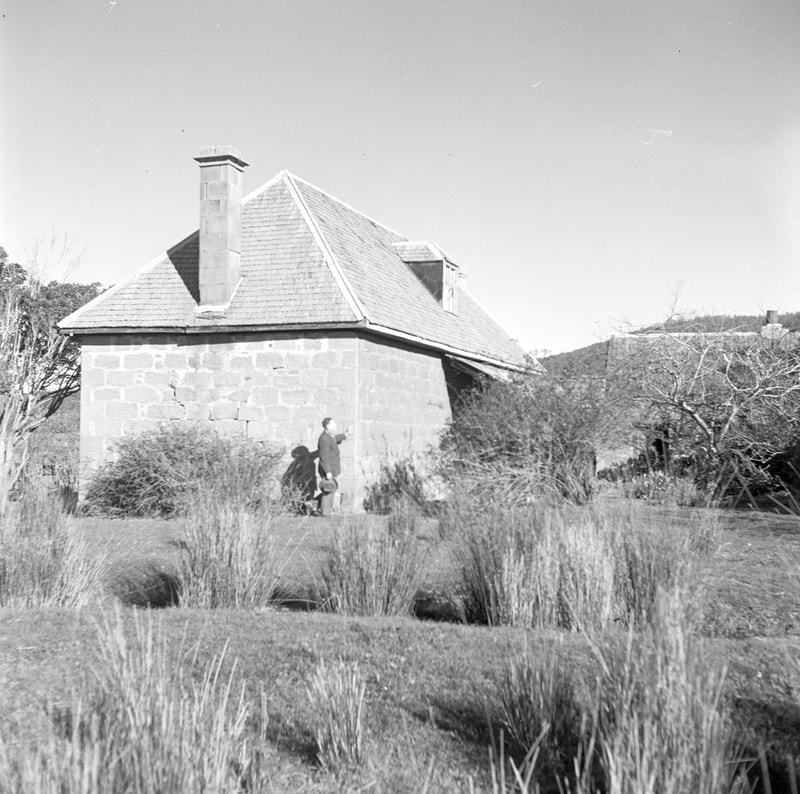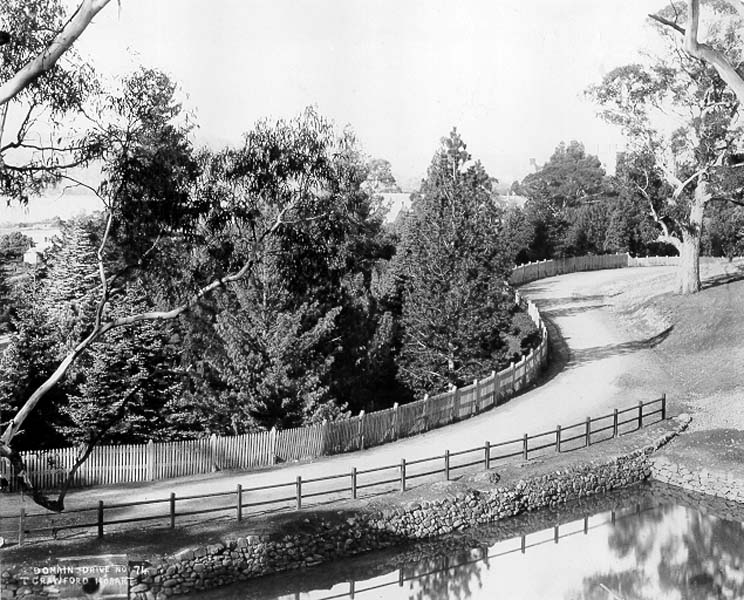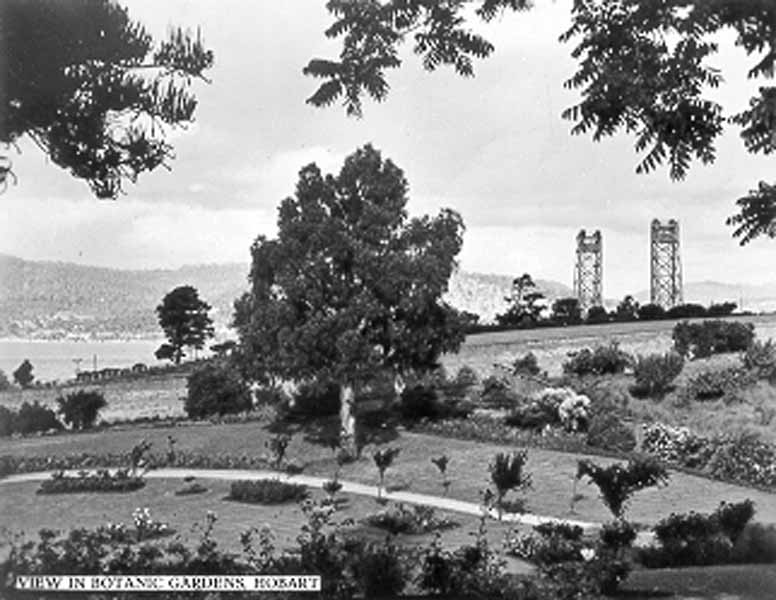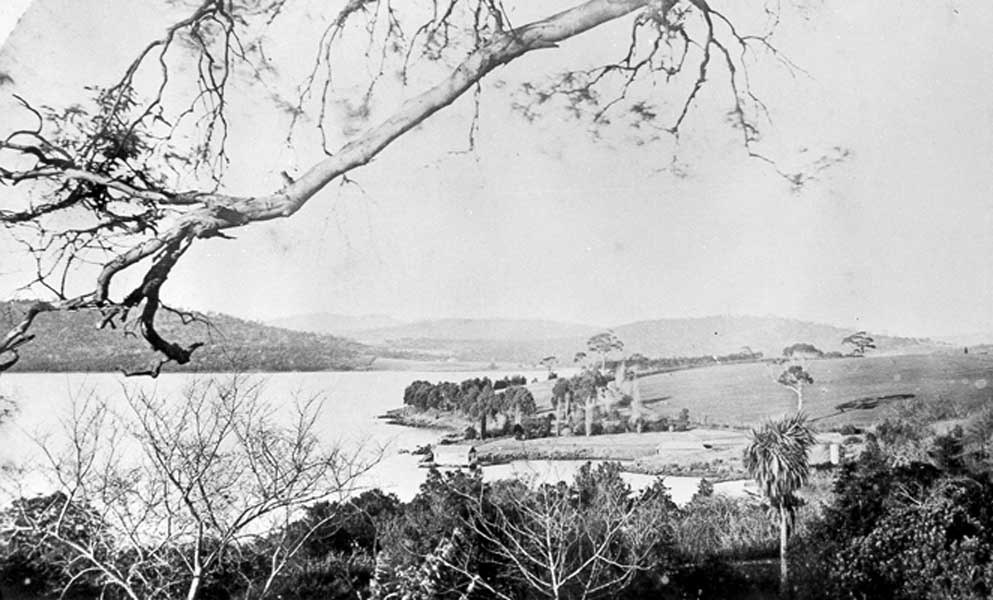Many good signs and accessible maps. The information supplied at the gardens about the gardens is very good. There is always something flowering, many splendid vistas.
History of The Royal Tasmanian Botanical Gardens
1806: John Hangan (an ex-convict) and his wife created a productive farm on land they leased.
Fruit trees, cereal crops and vegetables for the colony.
1818: Governor Sorell reclaimed ownership of the land and started the Colonial Gardens. It continued to grow cereal crops, vegetables and fruit trees. For the growing colony.
1828: Governor Arthur appointed the first superintendent of the gardens.
1844: The gardens were managed by the Royal Society of Tasmania.
1829: Governor Arthur began construction of a heated wall for fruit trees. A coal fired furnace sent hot air through the wall warming the bricks of the wall. An idea used in the UK at the time.
Only used a couple of times because fruit trees flourished in Tasmania’s climate and adjacent to the wall, which was north facing and heated by the sun. Today the wall is beginning to wear and deteriorate. Arthurs wall led to a small green door in southern end of the wall.
1832: Governor Arthur closed the gardens to the public on Sunday.
1843: Governor Eardley-Wilmot assumed control. He built (convicts did the work) a 280m wall going north south across the gardens. There are five archways through this wall. Friends Mixed Border along western side of wall. In 1964 Government House donated land east of wall to the gardens. Japanese Garden and French Memorial Fountain.
1845-1846: Gatekeepers Cottage was built. Two rooms and a kitchen downstairs with a steep stairway to a small attic.
1856: A plan attributed to William Kay included parterre garden; promenade walks; an orchard.
1878: new cast-iron gates arrived from England. The avenue in front of the gates was wide enough for a coach and horse to turn.
The gates are decorated with many gods and grapes.
In the nineteenth Century the gardens:
Provided trees and shrubs for many parks and churchyards.
Were laid out as a place of pleasure (rest and recreation) according to Victorian Parks fashions.
A lot of the early landscaping was done by convicts.
Plant collections began.
1939: The conservatory was built.
1968: Anniversary Arch was erected: Built in 1913 for AMPs office in Elizabeth St. When that building was demolished AMP donated the arch to the gardens. It was re-erected in 1968 for the 150th anniversary of the gardens. It was carved locally by Amos Vimpany.
2018: The Gardens celebrated 200 years.
Today: The Botanical Gardens hold many plant collections and many significant trees dating back to 19th C in landscaped gardens.
A collection of Tasmanian plants.
Japanese garden and pond containing ducks and water lilies.
Sub-Antarctic house contains plants from Macquarie Island. A specially cooled house which simulates the fogs, mists and wet cold conditions of Macquarie Island.
The Arthur Wall. Designed to be a heated wall. Contains furnaces, flutes and chimneys with the aim of providing a warmer environment for fruit trees. Built by people who imagined Tasmanian’s climate as too cold for fruit trees. It was soon found to be not needed. The only times it has been lit possums have scampered out.
A café/restaurant; souvenir shop and a gallery displaying work by local artists.
Regularly seen on TV in the show Gardening Australia.
Hosts community events such as concerts by TSO or rock/pop concerts. I normally lie on the grass, nibble of food, drink, listen to the music and pinch myself to make sure I am not dead and in heaven.
Light shows as part of Ten Days on the Island.
An Easter egg hunt for children.
Educates school groups, tertiary students and classes for adults.
Houses many historic buildings including the gatehouse, the conservatory, the flower clock and the walls.
History of The Royal Tasmanian Botanical Gardens
1806: John Hangan (an ex-convict) and his wife created a productive farm on land they leased.
Fruit trees, cereal crops and vegetables for the colony.
1818: Governor Sorell reclaimed ownership of the land and started the Colonial Gardens. It continued to grow cereal crops, vegetables and fruit trees. For the growing colony.
1828: Governor Arthur appointed the first superintendent of the gardens.
1844: The gardens were managed by the Royal Society of Tasmania.
1829: Governor Arthur began construction of a heated wall for fruit trees. A coal fired furnace sent hot air through the wall warming the bricks of the wall. An idea used in the UK at the time.
Only used a couple of times because fruit trees flourished in Tasmania’s climate and adjacent to the wall, which was north facing and heated by the sun. Today the wall is beginning to wear and deteriorate. Arthurs wall led to a small green door in southern end of the wall.
1832: Governor Arthur closed the gardens to the public on Sunday.
1843: Governor Eardley-Wilmot assumed control. He built (convicts did the work) a 280m wall going north south across the gardens. There are five archways through this wall. Friends Mixed Border along western side of wall. In 1964 Government House donated land east of wall to the gardens. Japanese Garden and French Memorial Fountain.
1845-1846: Gatekeepers Cottage was built. Two rooms and a kitchen downstairs with a steep stairway to a small attic.
1856: A plan attributed to William Kay included parterre garden; promenade walks; an orchard.
1878: new cast-iron gates arrived from England. The avenue in front of the gates was wide enough for a coach and horse to turn.
The gates are decorated with many gods and grapes.
In the nineteenth Century the gardens:
Provided trees and shrubs for many parks and churchyards.
Were laid out as a place of pleasure (rest and recreation) according to Victorian Parks fashions.
A lot of the early landscaping was done by convicts.
Plant collections began.
1939: The conservatory was built.
1968: Anniversary Arch was erected: Built in 1913 for AMPs office in Elizabeth St. When that building was demolished AMP donated the arch to the gardens. It was re-erected in 1968 for the 150th anniversary of the gardens. It was carved locally by Amos Vimpany.
2018: The Gardens celebrated 200 years.
Today: The Botanical Gardens hold many plant collections and many significant trees dating back to 19th C in landscaped gardens.
A collection of Tasmanian plants.
Japanese garden and pond containing ducks and water lilies.
Sub-Antarctic house contains plants from Macquarie Island. A specially cooled house which simulates the fogs, mists and wet cold conditions of Macquarie Island.
The Arthur Wall. Designed to be a heated wall. Contains furnaces, flutes and chimneys with the aim of providing a warmer environment for fruit trees. Built by people who imagined Tasmanian’s climate as too cold for fruit trees. It was soon found to be not needed. The only times it has been lit possums have scampered out.
A café/restaurant; souvenir shop and a gallery displaying work by local artists.
Regularly seen on TV in the show Gardening Australia.
Hosts community events such as concerts by TSO or rock/pop concerts. I normally lie on the grass, nibble of food, drink, listen to the music and pinch myself to make sure I am not dead and in heaven.
Light shows as part of Ten Days on the Island.
An Easter egg hunt for children.
Educates school groups, tertiary students and classes for adults.
Houses many historic buildings including the gatehouse, the conservatory, the flower clock and the walls.

